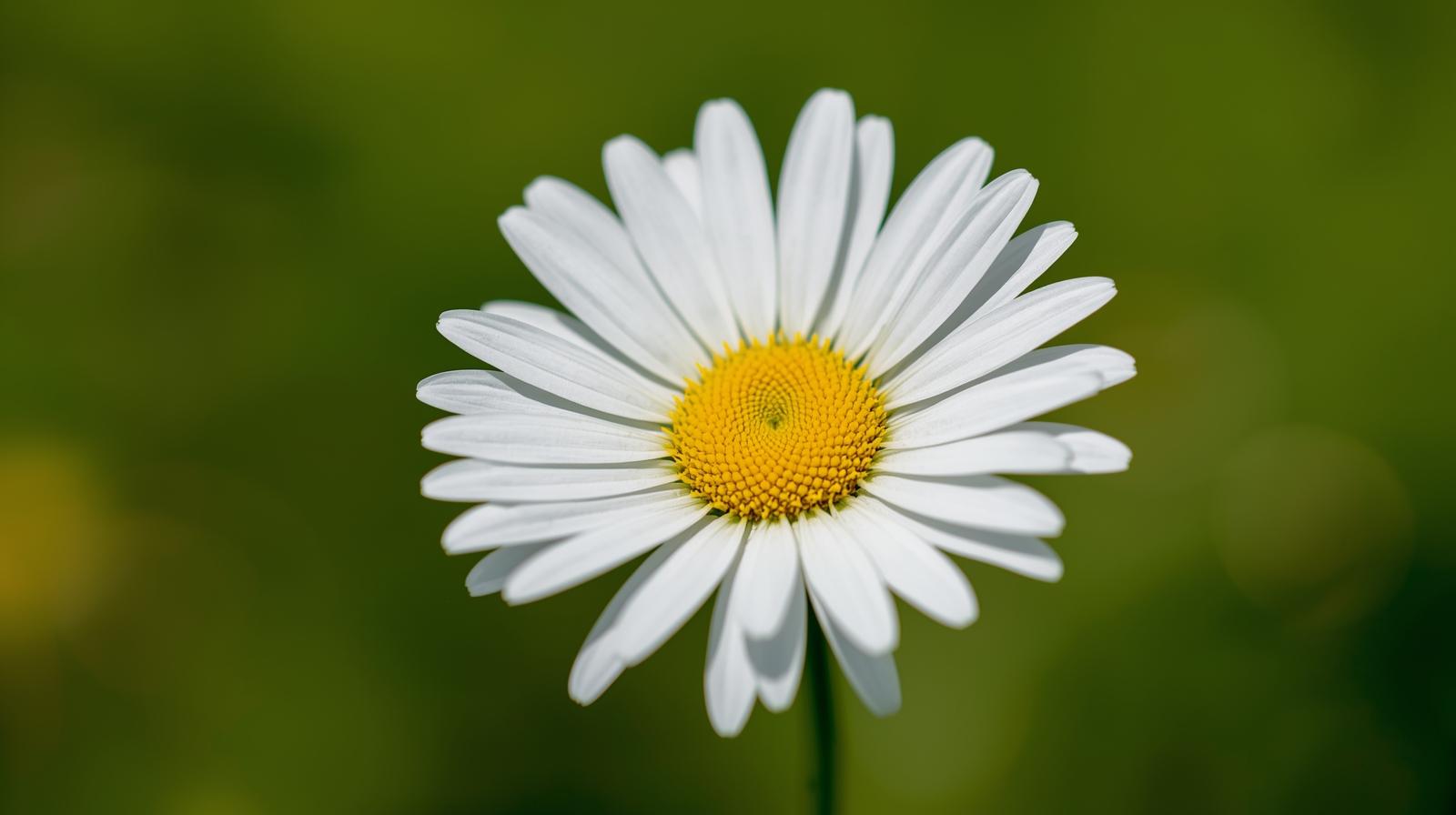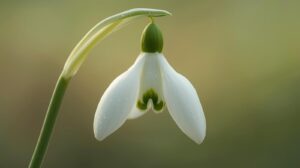Daffodil Flower Meaning
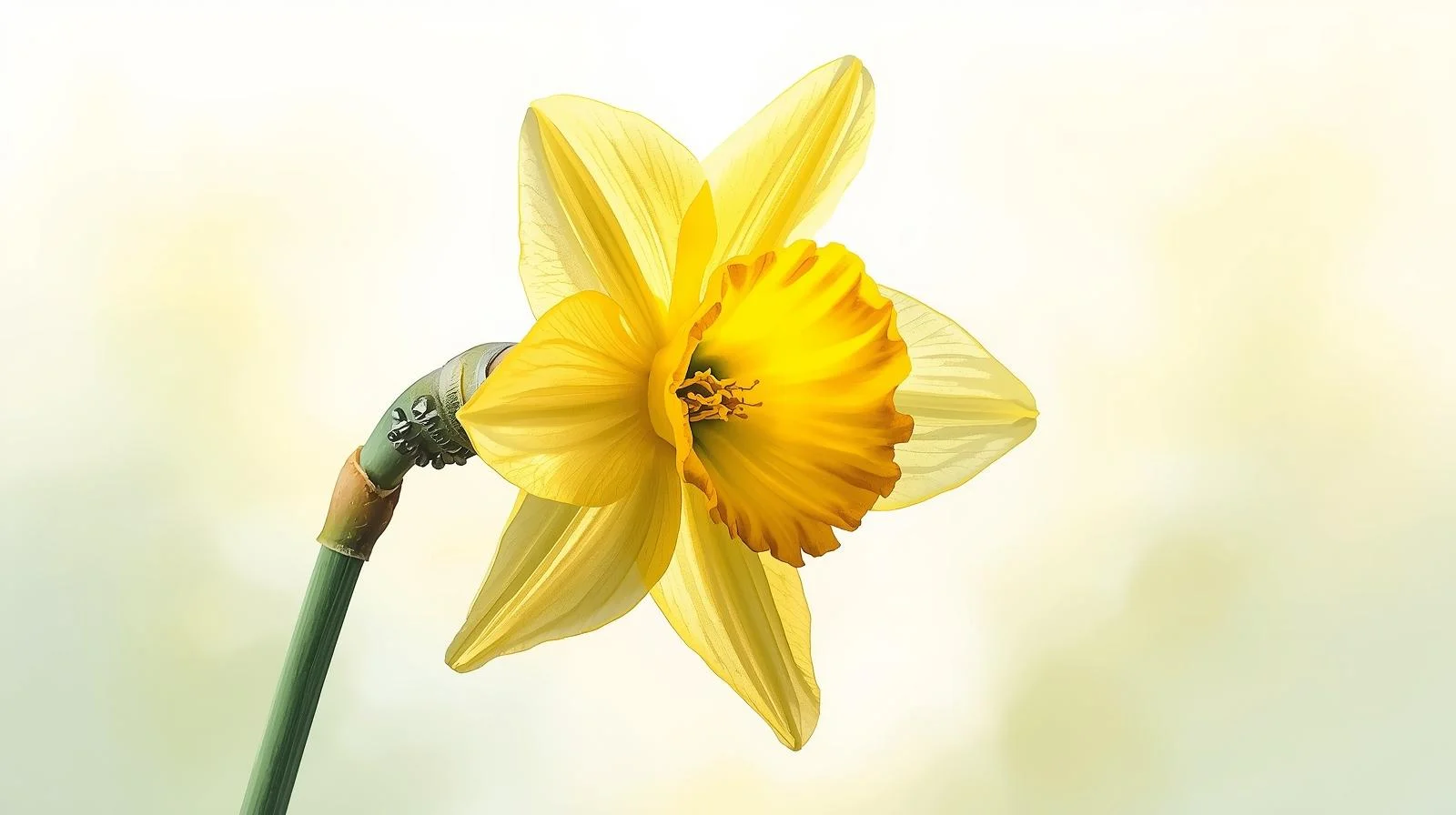
Daffodil Flower Meaning: Nature’s Golden Symbolism
Daffodil Flower Meaning, with their bright yellow and white hues, are more than just beautiful flowers; they carry profound meanings and symbolism deeply rooted in various cultures. These perennial plants, belonging to the Narcissus genus, are often associated with the arrival of spring, representing renewal, rebirth, and new beginnings. As one of the first flowers to bloom after winter, daffodils symbolize hope and the promise of brighter days ahead.
- Daffodil Flower Meaning: Nature’s Golden Symbolism
- Unveiling the Daffodil: A Guide to Its Meaning and Symbolism
- Daffodil Flowers: Representing Renewal and Hope – What You Need to Know
- The Spiritual Significance of Daffodil Flower Meaning
- Daffodil Flower Meaning in Different Cultures: A Symbol of New Beginnings
In many traditions, Daffodil Flower Meaning also seen as a symbol of good fortune and prosperity. Their vibrant colors and resilience make them a popular choice for celebrations, particularly during the Easter season, when they are used to signify resurrection and the cycle of life. Furthermore, in some cultures, daffodils are viewed as a symbol of friendship and affection, making them a thoughtful gift to express appreciation and love.
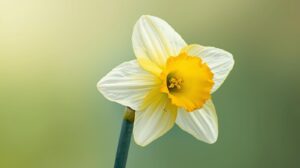
| Symbolism | Meaning | Cultural Significance |
|---|---|---|
| Renewal | Represents new beginnings and hope | Commonly associated with spring and Easter |
| Prosperity | A symbol of good fortune and wealth | Gifted to bring luck and success |
| Friendship | Expresses affection and appreciation | Used in bouquets to signify strong bonds |
| Resilience | Symbolizes the ability to thrive in challenging conditions | Admired for their strength in blooming early |
As the daffodil blooms, it reminds us of the beauty of transition and the importance of embracing change. This flower’s ability to flourish in harsh conditions encourages individuals to find strength and hope in their own lives. Whether you are planting daffodils in your garden or gifting them to a friend, their deeper meanings resonate with the core values of optimism and renewal.
In conclusion, daffodils are not merely ornamental flowers; they embody a rich tapestry of symbolism and cultural significance. Their bright faces herald the arrival of spring and inspire us to embrace new beginnings, cherish friendships, and remain resilient in the face of challenges. When you see a daffodil, take a moment to appreciate its hidden meanings and the joy it brings to our lives.
Unveiling the Daffodil: A Guide to Its Meaning and Symbolism
The daffodil, with its bright yellow petals and trumpet-like shape, is one of the most recognizable flowers heralding the arrival of spring. Often associated with renewal and hope, the daffodil holds deep meanings and symbolism across various cultures and traditions. Understanding the daffodil’s significance can enhance our appreciation for this beautiful flower and its role in our lives.
Daffodils are not only a visual delight but also a symbol of new beginnings and rejuvenation. They bloom after the harsh winter months, reminding us that life can flourish even after challenging times. This connection to the cycle of life makes daffodils a popular choice for celebrations such as Easter and springtime events, where themes of rebirth and renewal are prominent.
Daffodil Flowers: Representing Renewal and Hope – What You Need to Know
The daffodil’s association with renewal is rooted in its seasonal blooming pattern. As one of the first flowers to appear in spring, it signifies the end of winter and the promise of warmer days ahead. In many cultures, daffodils symbolize hope, making them a perfect gift for those facing difficult situations or embarking on new journeys.
In addition to their symbolism of hope, daffodils also represent inner strength. The resilience of these flowers, which can thrive in less-than-ideal conditions, serves as a reminder of our own capacity to overcome challenges. This duality of hope and strength is one of the reasons why daffodils are often included in bouquets for celebrations, memorials, and various ceremonies.
| Symbolism | Meaning | Cultural Significance |
|---|---|---|
| Renewal | Represents new beginnings and fresh starts | Commonly associated with springtime celebrations |
| Hope | Symbolizes optimism and resilience in difficult times | Often used in gifts to uplift someone’s spirits |
| Inner Strength | Encourages personal growth and perseverance | Featured in various folklores as a symbol of courage |
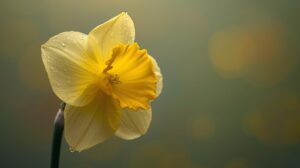
The Spiritual Significance of Daffodil Flower Meaning
Beyond their physical beauty and symbolic meanings, daffodils hold spiritual significance as well. In various spiritual practices, daffodils are seen as a representation of enlightenment and the pursuit of knowledge. Their bright color is often associated with the sun, which is a source of life and energy, further emphasizing their connection to spiritual growth.
In some traditions, the daffodil is believed to bring good fortune and prosperity. The flower’s ability to bloom after a long winter symbolizes the rewards that come after hard work and perseverance. This makes daffodils a powerful emblem for individuals seeking abundance and success in their lives.
In conclusion, the daffodil is more than just a beautiful flower; it is a profound symbol of renewal, hope, and inner strength. Its spiritual significance adds another layer of meaning, reminding us of the importance of growth and enlightenment. Whether you are gifting daffodils to a loved one or planting them in your garden, these flowers carry messages of positivity and resilience that resonate deeply within the human experience.
Daffodil Flower Meaning in Different Cultures: A Symbol of New Beginnings
Daffodil Flower Meaning, with their vibrant yellow petals and trumpet-like shape, are often associated with the arrival of spring and signify renewal and new beginnings in various cultures around the world. These flowers bloom at a time when nature awakens from the slumber of winter, making them a prominent symbol of rebirth and hope. The daffodil’s scientific name, Narcissus, is derived from Greek mythology, where it is linked to the story of Narcissus, a youth who fell in love with his own reflection. This connection to mythology adds depth to the flower’s significance, suggesting themes of beauty, self-reflection, and transformation.
In Western cultures, Daffodil Flower Meaning primarily seen as symbols of hope and new life. They are often associated with the Easter season, representing the resurrection of Christ and the promise of eternal life. In many countries, these flowers are used in spring festivals and celebrations, symbolizing the end of winter and the beginning of warmer, brighter days. The daffodil is also the birth flower for March, making it a popular choice for birthdays and celebrations during this month.
In Asian cultures, particularly in China, daffodils hold a special significance as symbols of good fortune and prosperity. They are often associated with the Lunar New Year, where their bloom is believed to bring good luck for the year ahead. The Chinese name for daffodil (水仙, shuǐxiān) translates to “water fairy,” reflecting the flower’s delicate beauty and grace. In this context, daffodils are not only seen as harbingers of spring but also as auspicious signs of wealth and success.
In addition to their meanings in various cultures, daffodils also have a rich presence in literature and art. Poets and artists have long drawn inspiration from their beauty, using them as symbols of purity, renewal, and the fleeting nature of beauty. The famous poem “I Wandered Lonely as a Cloud” by William Wordsworth highlights the joy and inspiration that daffodils bring, further solidifying their status as a beloved flower of spring.
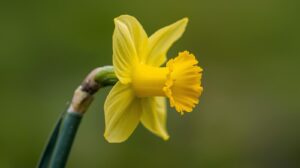
| Culture | Meaning of Daffodils | Associated Traditions |
|---|---|---|
| Western | Hope, New Beginnings, Resurrection | Easter Celebrations, Spring Festivals |
| Chinese | Good Fortune, Prosperity | Lunar New Year Celebrations |
| Greek | Self-Reflection, Beauty | Mythological Associations |
| Japanese | Perseverance, Resilience | Hanami Festivals |
In conclusion, daffodils are more than just beautiful flowers; they are rich in symbolism and meaning across different cultures. Whether representing hope and new beginnings in the West or good fortune in China, these flowers remind us of the beauty of renewal and the promise of brighter days ahead. As spring unfolds, daffodils continue to inspire joy and optimism in the hearts of many, making them a cherished symbol of the season.
The daffodil flower symbolizes renewal, hope, and new beginnings. It is often associated with the arrival of spring and is considered a sign of rebirth and positivity.
Yes, daffodils are commonly associated with springtime and are often used in celebrations like Easter. They also symbolize the start of a new year in some cultures, particularly as they bloom around the time of the Lunar New Year.
The bright yellow color of daffodils represents joy, happiness, and optimism, while white daffodils can symbolize purity and innocence. Each color variation carries its own meanings, enhancing the overall symbolism of the flower.
Daffodils are often used in spring bouquets, wedding arrangements, and as gifts for celebrations like birthdays and anniversaries. Their vibrant color and cheerful appearance make them a popular choice for uplifting floral displays.
Gifting daffodils represents the sharing of hope and encouragement. They are often given to express friendship, admiration, or to celebrate life’s new beginnings, making them a thoughtful gesture for many occasions.
